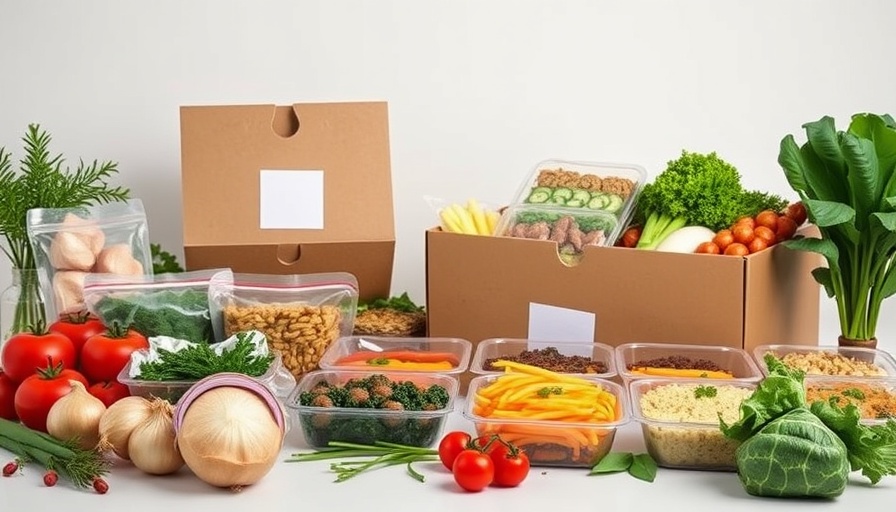
The Power of Experience in Marketing
At events like Lollapalooza, brands are not just competing for attention but for immersive experiences. So Delicious Dairy Free leveraged this principle with their extravagant "Pint of No Return" installation. The goal? Create a captivating atmosphere that goes beyond mere taste to engage all senses—sight, smell, sound, and touch. Such multisensory experiences can create lasting impressions, especially when trying to reach younger audiences, like Gen Z, who value authenticity and innovation.
Transforming Expectations with Innovative Branding
So Delicious's "Dairy Free Your Mind" campaign aims to rejuvenate its brand identity as it seeks to connect with new consumers. With over 35 years of legacy, the challenge lies in balancing tradition with modernity. By introducing elements like scratch-and-sniff wallpaper in the elevator and an engaging custom soundtrack, they create not just a food experience but rather an event that tells a story about what it means to be dairy-free. This innovative branding is essential as market saturation increases and companies vie for the spotlight.
Connecting with Gen Z: Strategies for Success
As So Delicious gears up to resonate with Gen Z festivalgoers, they adopted a method rooted deeply in understanding this generation's unique values—social consciousness, environmental awareness, and a preference for personalized experiences. For businesses seeking to scale operations, this demographic represents a vital market. Successful branding now involves tapping into these shared values while crafting experiences, not just products.
Actionable Insights for Business Owners
For business owners generating $2M–$10M+ in annual revenue, it’s essential to stand out amidst crowded marketplaces. Here are three actionable strategies to consider:
- Invest in Experiential Marketing: Create immersive experiences that resonate on multiple sensory levels, much like So Delicious did. This can ultimately foster deeper brand loyalty and increase leads.
- Understand Your Audience: Conduct thorough market research to understand the values and habits of your target consumer. Tailor your branding strategies accordingly to align with their expectations.
- Embrace Innovation: Whether it's through interactive installations or advanced technology, taking creative risks can yield remarkable rewards in customer engagement and retention.
Conclusion: Dare to 'Dairy Free Your Mind'
As you push forward in scaling your business, consider how your branding and customer engagement can evolve. Just as So Delicious encouraged attendees to rethink their perceptions of dairy-free living, your road to growth may lie in innovating your engagement strategies to delight and surprise your audience at every touchpoint. Now is the time to step outside the box and explore new avenues that resonate with your market.
 Add Row
Add Row  Add
Add 



Write A Comment